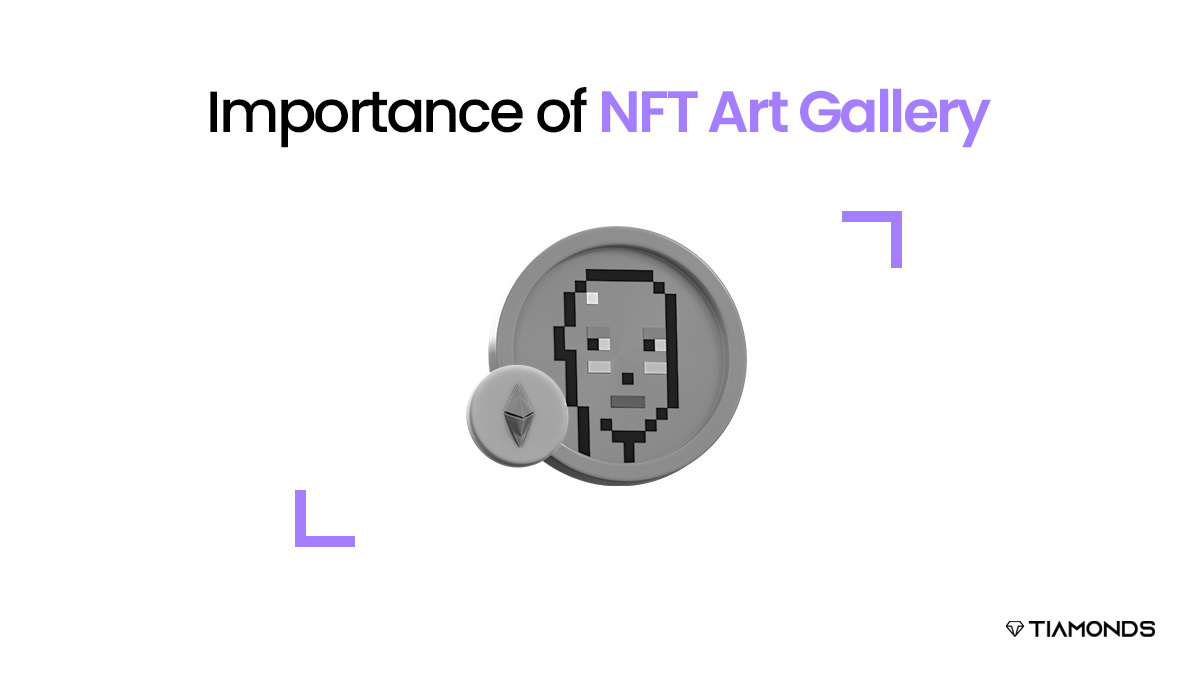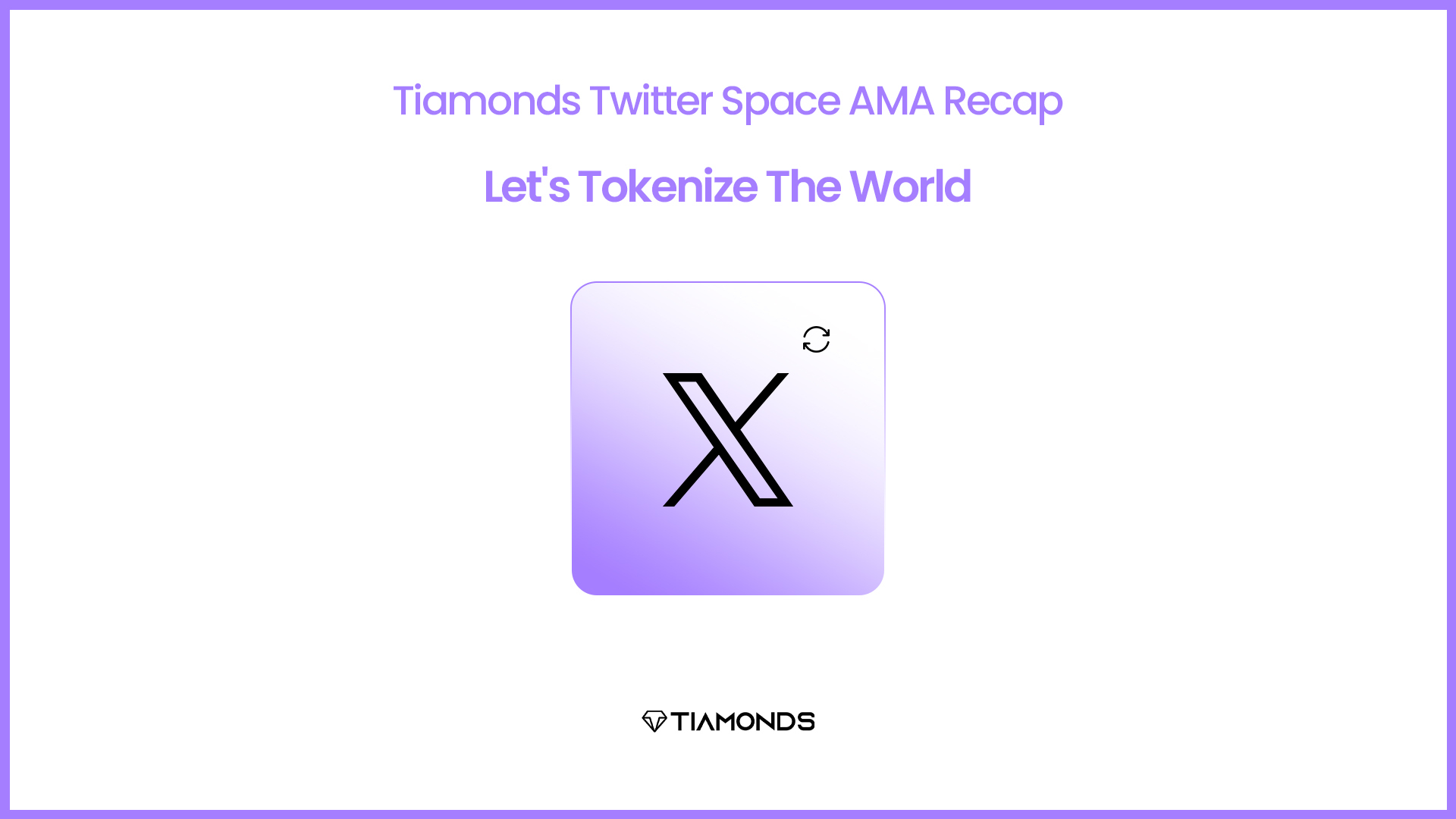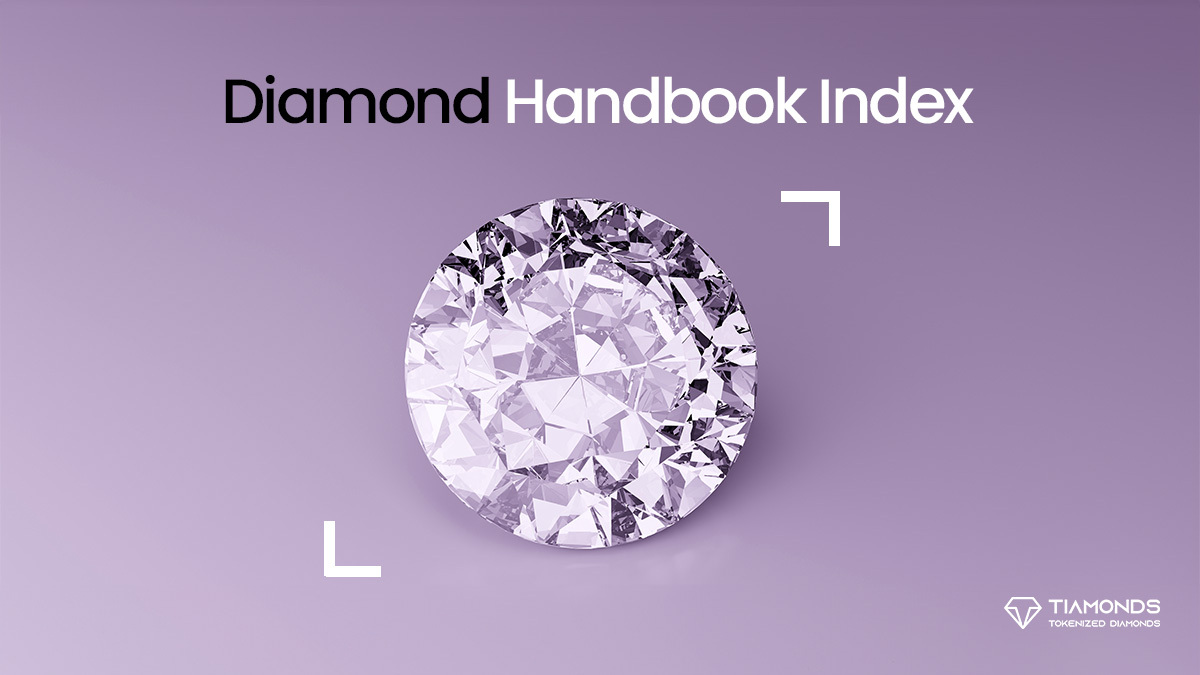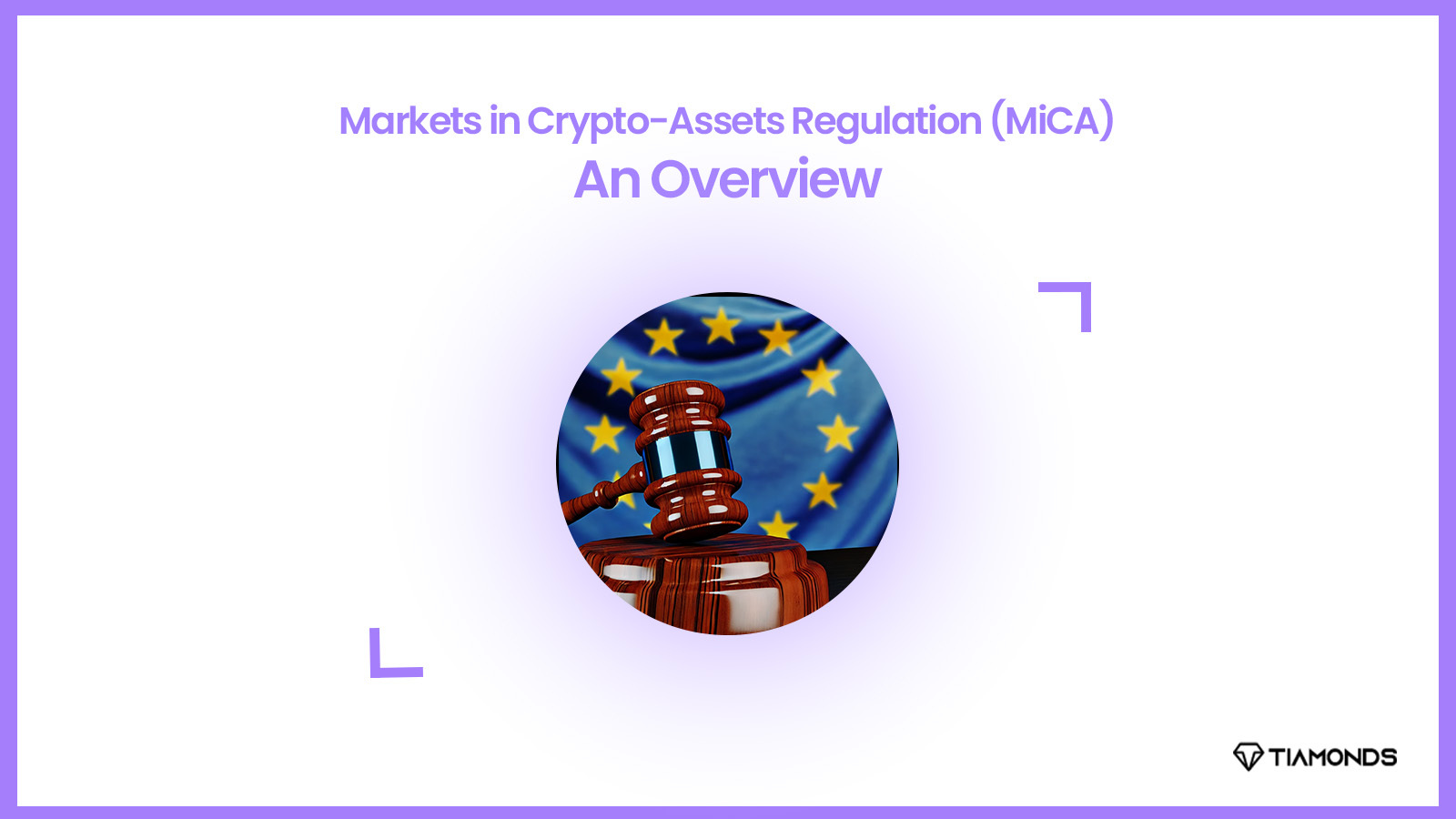Recently, fascination with NFTs has increased dramatically. This market’s volume has increased from a few hundred million to one billion dollars since 2014. There are approximately 30 million NFT holders at present. Digital art is the biggest driver in the development of the industry. The new market’s transaction volume is roughly comparable to that of the conventional artwork market (approximately $50 billion). NFT art galleries, where the artists exhibit their paintings, are another characteristic shared by NFT and conventional art.
NFT Art Galleries: Innovative Virtual Spaces
These galleries have transformed into virtual exhibition spaces in the metaverse, showcasing a wide variety of digital artworks. These galleries enable artists to exhibit their privately owned works of art in an online space that is accessible worldwide. The following represent a few of the most significant recent metaverse developments pertaining to these galleries:
Virtual realism is used by art galleries to replicate the tangible gallery experience in the metaverse. Thanks to cutting-edge graphics and interactive elements, visitors can navigate virtual gallery spaces and scrutinise digital artworks in an aesthetically pleasing manner.
NFT art galleries are web-based locations where individuals who are owners of digital artworks can exhibit their tokens. They can do this with the objective of selling the work of the NFT or simply for the purpose of sharing it with others, similar to how museums and art galleries share actual works of art. Simply put, an NFT gallery is a location where numerous NFTs can be viewed. Depending on the intended use, there are two varieties of NFT galleries: private (only one owner displays tokens) and public (anyone may display the NFTs they own or complete collections). Additionally, there are actually multiple types of NFT galleries based on the means of displaying non-fungible tokens:
Galleries in 2D
These are convenient two-dimensional digital spaces for displaying photos and images. Typically, they are put together as platforms or applications for mobile devices comparable to e-commerce platforms, image databases, or Pinterest.
3D Galleries
In a three-dimensional gallery, one will exhibit three-dimensional models. These kinds of environments can be webpages or programmes, but they are typically found in digital sandboxes such as Decentraland or The Sandbox. In addition, 3D galleries typically utilize specially designed 3D spaces as platforms.
VR and AR Galleries
These platforms will aid in displaying digital artwork and objects that are three-dimensional in augmented or virtual reality. Typically, relevant audio and music follow these tokens. Rarely, users will encounter special effects that look good.
Physical NFT Galleries
These are conventional art galleries with displays displaying NFTs instead of paintings. Other galleries may have projectors as opposed to screens. real exhibition space with digital imagery
How do NFT Galleries Function?
The principles that govern the operation of an NFT gallery will vary based on its function. If it’s a private gallery and the proprietors simply wish to make available what they have gathered, they can use a relatively straightforward platform. The function will consist of displaying NFTs on the website or application. It may be a website with image collages, a museum-like space, a conventional art gallery, a virtual space throughout the metaverse, or a virtual space independent of the metaverse.
If someone requires an NFT gallery where anyone can display their tokens, then the platform will operate like an online marketplace; that is, individuals will register, list their NFT, or build a gallery for their specific requirements.
Why are NFT Art Galleries Important?
For a lot of art professionals, a virtual work has less value than a gallery-based piece. A digital artwork gallery for NFTs bridges the divide between supporters of traditional art and supporters of NFTs. By bridging the gap, individuals can acquire an in-depth understanding of how NFTs function, thereby reducing the prejudice associated with them. Additionally, it connects more potential customers with NFT artists, which may boost investment.
By combining the digital and corporeal worlds, NFT galleries can generate further possibilities for artists and investors.
Innovative artists may also enter the art world through these galleries without difficulty. Due to the distinction between NFTs and standard artwork, an NFT gallery unveiling can make a statement. It is an extreme method for investors to learn the name.
NFT Gallery Type
Private NFT gallery: The primary objective is to demonstrate that the NFTs in a collection are authentic. It means that the gallery must illustrate the NFT art as the artist views it, validate that the gallery proprietor has all rights to a specific NFT, and ensure that the NFT piece is original. Typically, the proof of authenticity consists of a hyperlink to the cryptocurrency address belonging to the gallery proprietor and links to the transactions that demonstrate that a crypto address is the owner of a particular NFT.
The purpose of private NFT galleries is:
- Establishing the authenticity of NFTs.
- Boosting the popularity of a musician or brand.
- Enhancing the market value of a non-financial asset through media.
- Magnify the NFT collection.
Public NFT Gallery: These are websites where artists can share their work. Anyone can join the platform and display their NFT artwork. The development of such an initiative is far more complicated than that of a private gallery, as it necessitates an infrastructure that enables users to add tokens to showcases and frequently sell them there.
Future of NFT Art Galleries
The art galleries of the metaverse have made the art industry more readily available, inclusive, and innovative. These virtual locations foster imaginative thinking, community, and investment, thereby establishing an exclusive setting for artists and collectors. As NFT technology and the metaverse continue to evolve, NFT galleries will likely play a crucial role in the future of art, driving social and cultural development and revolutionising how we perceive and experience artistic expression. The combination of art and blockchain technology has created opportunities, and the adventure has just begun.
The emergence of unconventional art galleries signals a significant change in the art market’s landscape. These online spaces provide artists with unrivalled opportunities to exhibit their work while providing collectors with access to a wide variety of digital art. As the metaverse continues to develop, NFT art galleries will become increasingly intricate, immersive, and consequential, determining the future of the art world.




